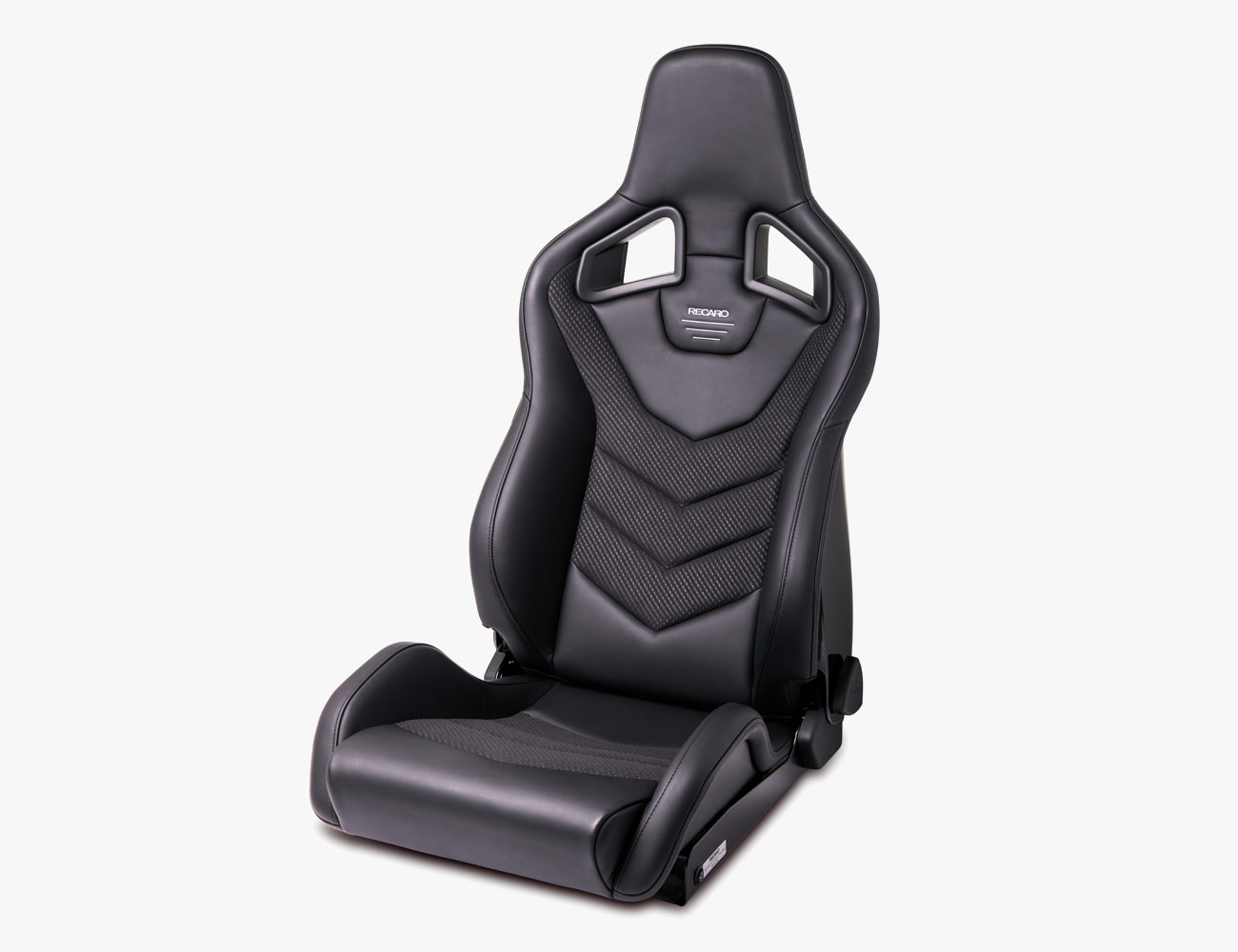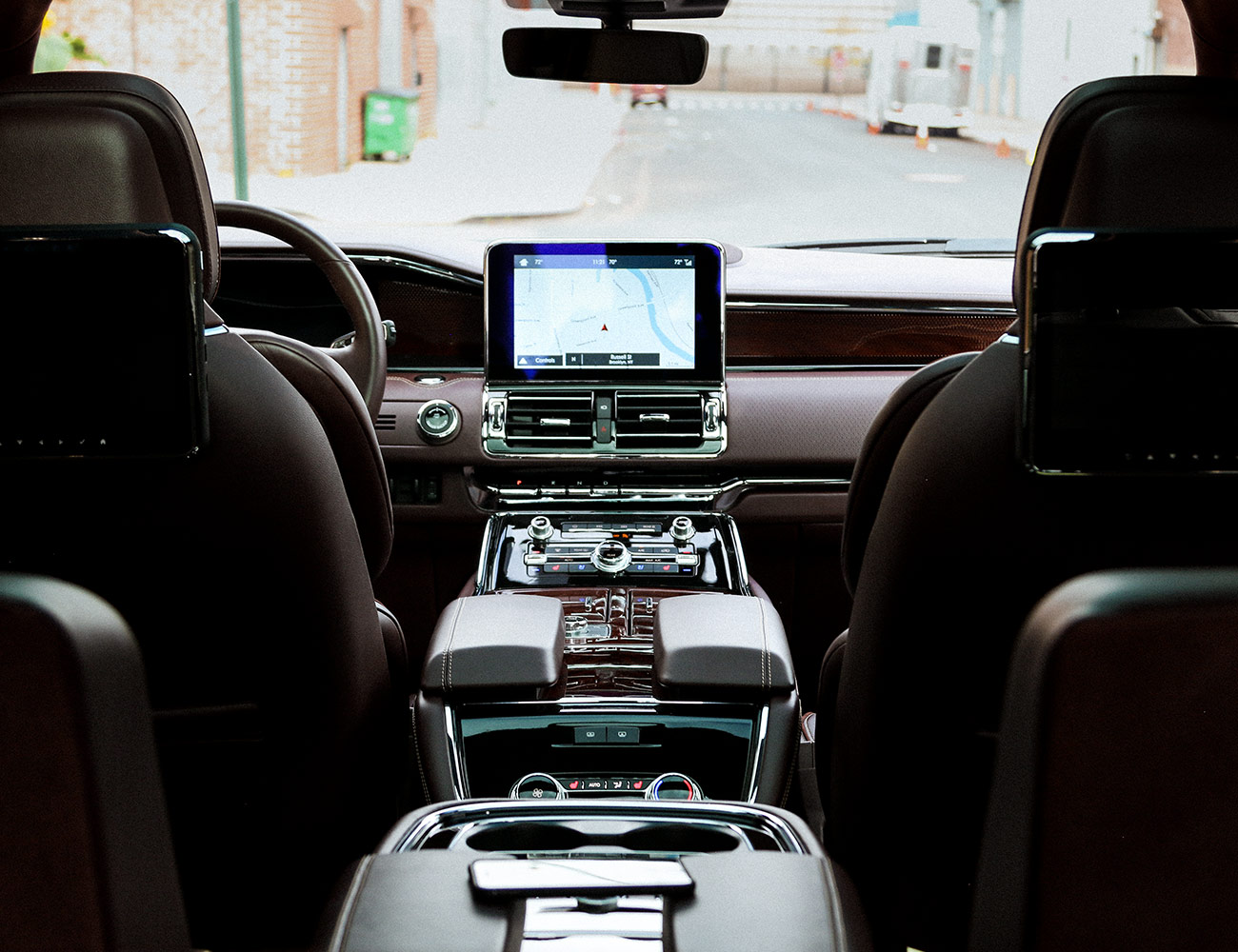W
hether you’re comfortably cruising down the highway or driving around town, and especially when you’re hunting apexes out on a track, you need direct and clear communication with your car. The steering wheel and pedals are obviously the most immediate way the driver can affect his car, but it’s the seat — the biggest point of bodily contact in the vehicle — through which the car communicates back. In a big, soft luxury car, that feedback isn’t as critical; in a sports car driving at the limit, there can’t be any mixed messages. If the car gets out of shape going into a turn and you can’t feel it beneath you, your situation will go south and fast.
Americans spend around 300 hours a year sitting in their cars, so manufacturers invest time, money and man-hours making the captain’s chair an absolutely perfect fit for each car’s intended purpose. Even so, if a performance car is in need of a seat upgrade, Recaro products are the industry standard.
Chances are if you’ve sat in a modern day sports car, a Recaro was cradling you. Although the Stuttgart, Germany-based company started life as a coachbuilder, it’s been exclusively making seats for cars, airplanes, boats and trains since the early ‘60s. Recaro has worked with more than 40 automotive manufacturers over the decades and bolted its seats into dozens of cars as factory equipment. Its seats have graced icons like the BMW 2002Tii, Porsche 911, Mercedes-AMG SLS, Shelby Mustang GT350 and Lancia Delta HF Integrale. Recaro continues to work with a handful of manufacturers supplying sports seats from the factory, but its main business is in the aftermarket, offering even better solutions and seats to upgrade your car when the stock seat offerings just don’t cut it.

The new Sportster GT is the next step in the evolution of Recaro’s most iconic throne and, like any well made, well thought out car seat, there’s a specialized team of engineers and designers behind it. But unlike an all-out 30-way adjustable, heated and ventilated messaging luxury car seat, the Sportster GT focuses on minimalism, lightweight, efficiency and endurance for long distance drives. Michael Murto, Senior Manager of Engineering, explained the new aftermarket seat has been in development for quite some time: “The original Sportster has been on the market since 2006, but the development process, from ideation to completion was a 24-month process. The Sportster GT was an additional nine months.”
And just because there’s less actual ‘seat’ in the GT compared to other sporty chairs, the process isn’t any easier — in fact, it’s quite the opposite. “The composite back shell is mounted to a metal frame, the seat cushion, backrest and recliner [mechanism]. That [whole assembly] went through rigorous development cycles, regarding advanced FEA analysis and crash tests. The seat is designed with the best of the best global automotive standards, the strictest regulatory requirements and of course, Recaro’s DNA and design.”
Through real-world testing, customer feedback and input from racing drivers from around the world, Recaro fine-tunes foam placement both for comfort and to amplify that vital car-to-driver transfer of information. That’s why Chevy uses Recaros in the Camaro ZL1; Porsche for the 911 GT3; Cadillac in its V-Series. However, if you don’t have any of those cars sitting in your garage, the Sportster GT is easy DIY upgrade you can bolt into your car for $1,299 and push it just a little bit closer to high-performance machines.
If you’re buying a new car, save time, money and stress. Skip all the frivolous extras and focus on the seats. You won’t regret it. Read the Story


